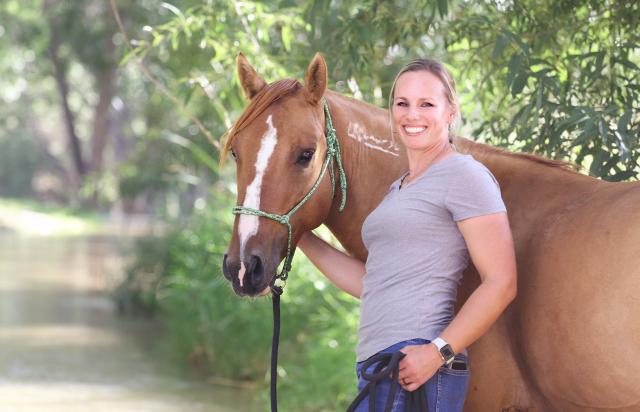Related Content
Related Stories
- Wild Horses in the Big Apple
- Wild horses and burros find new homes at successful Wyoming adoption event
- Protecting lands and communities: Shaila Pomaikai Catan
- Strong turnout and new beginnings: 26 wild horses placed at Montana adoption event
- BLM Wild Horse & Burro Program Adoption Experiences: Life After Adoption


